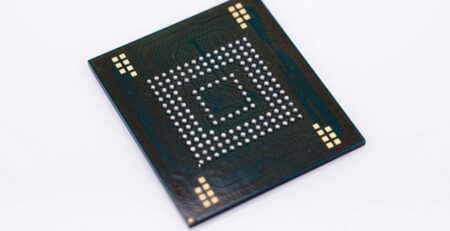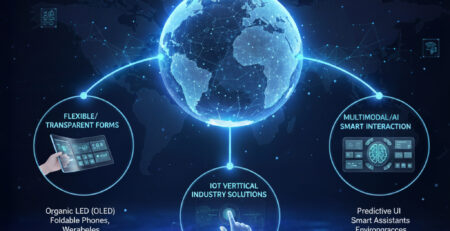Industrial touch screens have evolved from traditional single-point touch to more efficient multi-point touch and gesture recognition technology, becoming an important technical direction for improving the efficiency of human-computer interaction. Gesture operation not only simplifies the interface hierarchy, but also optimizes the execution process of complex processes, and is especially suitable for operation in an environment where protective equipment is worn.

The industrial environment poses severe challenges to gesture recognition technology. Pollutants such as oil, liquid, and dust affect the sensitivity of sensors; operators wearing heavy gloves cause signal attenuation; and electromagnetic interference poses a threat to capacitive signals. To address these issues, projected capacitive technology collects weak signals through a higher signal-to-noise ratio, supplemented by a self-shielding design of the drive line and ground protection to isolate external interference. The anti-interference algorithm constitutes another core, using adaptive threshold calibration technology to dynamically adjust the touch trigger threshold to cope with pollution fluctuations, and using a timing filtering algorithm to suppress signal jitter caused by electromagnetic interference, and combining machine learning models to extract and filter noise features.
The implementation stage of the gesture recognition technology project requires comprehensive consideration of multiple key factors. The thickness of the touch sensor cover layer is recommended to be maintained at 2-3mm to ensure sensitivity. The material must meet the IP65 protection standard and take into account the surface flatness. The processor configuration must meet the main frequency processing capacity of no less than 600MHz and be equipped with a dedicated floating-point unit to meet the real-time requirements of the algorithm. EMC immunity test, high and low temperature cycle test, and 2 million industrial glove friction test must be carried out before delivery to ensure reliability.
In actual applications, the benefits of gesture recognition technology are mainly reflected in the function customization level. You can customize the three-finger swipe to switch the monitoring view and the five-finger grab to start the emergency shutdown process; the gesture function assigns physical buttons as emergency redundant operation channels; the system automatically generates gesture trigger frequency and false touch rate statistical reports to provide data support for operation optimization.
The engineering maintenance of this technology requires the establishment of standardized processes. The cleaning procedures for the touch recognition area should specify the frequency, solvent type, and wiping tool specifications; establish a sensor sensitivity attenuation benchmark model to guide the preventive maintenance time point; for the logical conflict problems caused by complex gesture combinations, the timing priority reconstruction mechanism can be activated for adjustment and upgrade.
Industrial gesture recognition interaction technology is gradually becoming a key development direction for the human-machine interface of smart factories, under the premise of meeting strict reliability verification. Its value is not only reflected in the improvement of operating efficiency, but also in providing a new solution path for equipment control in harsh environments, while laying a technical foundation for the adaptive interaction framework of Industry 4.0.





